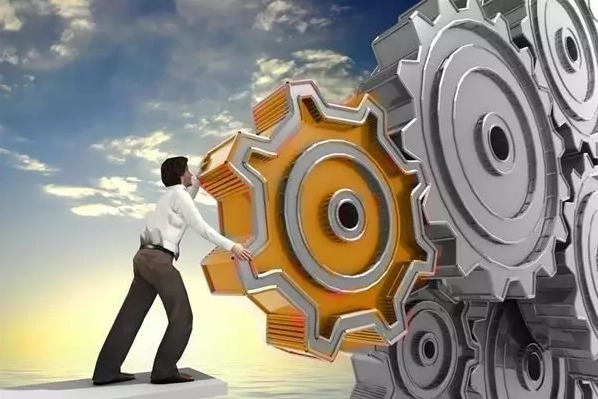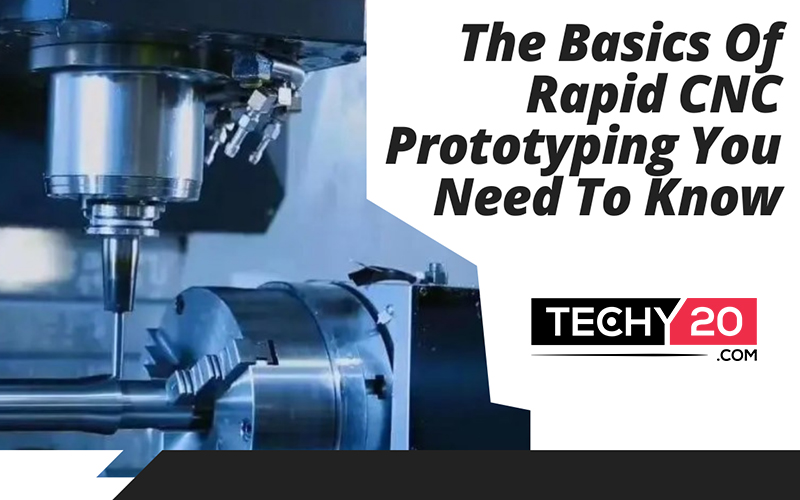Do you want to build a prototype fast for any industry? There are various options you can choose, including 3D printing, CNC prototyping, injection molding, and sheet metal bending. Among these options, rapid CNC prototyping might be the best choice for you. In this guide, you will learn about the basics of rapid CNC prototyping, which includes its advantages, disadvantages, and how it works.
Understanding More About Rapid CNC Prototyping
In manufacturing, you can’t just design a product and take it into mass production, believing that the product will work well for the users without testing it first. This is the reason prototyping is important, as it can help you create the mock up or sample version of the product and test it for its various functionalities before you put it into mass production.
In the past, creating prototypes can take a lot of time, which can range from weeks to months. However, with today’s more advanced manufacturing technology, prototyping can be done in as fast as a few minutes or hours, depending on the complexity of your design.
There are various prototyping methods you can use, and rapid CNC prototyping has been a preferred prototyping method that manufacturers are using for decades. Rapid CNC prototyping is a prototyping process that allows you to build prototypes for any product using various CNC machining processes, which are programmable and computerized. You can get your prototypes done very fast, so you don’t need to wait for weeks or months just to test out your prototypes if you are using the rapid CNC prototyping method.

The Biggest Advantages of Rapid CNC Prototyping
Rapid CNC prototyping is one of the best methods to create test prototypes for any product. You can build a functional prototype with this method, and with this prototype, you can test all its features and improve upon them before sending it to the final production phase.
Here are some of the biggest advantages of rapid CNC prototyping:
- Automated system. CNC prototyping uses a programmable system that will run in automated mode. You will need to input the design data to the CNC machining equipment, so that the equipment can read the data and translate it into actual machining processes. Human operators might still be required to ensure that all the processes run with no problems.
- Fast prototype production. You can get your prototypes done in as fast as a few minutes or a few hours. The simpler your prototype design, the shorter the wait time will be. This is one of the best rapid manufacturing processes you can use to build fast prototypes for any industry.
- Accurate measurements. Rapid CNC prototyping allows you to get the most accurate measurements for all your prototypes, as it involves cutting and building the prototypes using computerized programming. So, the cuts, the mills, the drills, and various other aspects of the prototyping process are done with precise and accurate application, following the programmed computation based on your design.
- Strong and sturdy material selection. With CNC prototyping, you choose from among various materials, which are strong and sturdy. The material workpiece you will use include aluminum, steel, copper, titanium, brass, and many others. So, you can pick the best materials for your prototypes based on your design requirements, and you won’t get any limitation on the material selection you have.
- Easy to apply any improvements. Updating your design is always necessary when you are still testing your prototype. The good news is that CNC prototyping allows you to apply any improvements with ease. You can update your design file and reassign the programming of the CNC machining equipment to create the new prototype with new improvements you have applied.
Are There Any Disadvantages of Rapid CNC Prototyping?
Just like any manufacturing method, aside from the big advantages of rapid CNC prototyping, there are also some disadvantages that you need to know. Here are some disadvantages of rapid CNC prototyping:
- You will need to use a CNC prototyping service. This rapid prototyping method is not suitable for hobbyists, as you will need to prepare the big CNC machining equipment if you want to do it yourself. So, you will need to use complete prototyping services provided by CNC machining factories to help build the prototypes for you. Depending on the location of the factory you are partnering with, the delivery of your prototypes might take a few days or weeks, even though the machining process itself can take only a few minutes or a few hours to complete.
- Lots of waste materials. As a subtractive manufacturing process, CNC prototyping will leave a lot of waste materials in each of their operations. This process works by putting the material workpiece into the CNC machining equipment, and then the equipment will subtract various parts of the workpiece until it produces the prototype according to the design requirements.
- Some restrictions in geometrical design. Because of its mechanical processes, some geometrical designs will be out of the question for you. So, you might need to modify your prototype design a little if it has some geometrical designs that are too complex for the CNC machining equipment to handle.
How Rapid CNC Prototyping Works
With CNC prototyping, it’s very simple for you to get your prototypes completed in just a few minutes or a few hours. You just need to input your design file to the machining equipment to let it work on building your prototype.
Here are the basic steps on how the rapid CNC prototyping process works:
- First, you will need to load the material workpiece into the CNC machining equipment.
- Then, you will need to input the design file for your prototype into the CNC machining equipment and let the equipment translate it into actionable steps.
- The CNC machining equipment will read the design file and start various processes to build your prototype, which include cutting, drilling, milling, and so on.
- Depending on the design complexity, the CNC machining equipment will carry on with the processes for as long as it needs.
- After following all the design requirements, the machining process will stop, and your prototype will be ready.
Conclusion
Rapid CNC prototyping allows you to build a prototype fast using various CNC machining processes. This computerized process can also help build accurate and precise prototypes from a wide range of materials, such as wood, metal, glass, plastic, and more. However, with its subtractive manufacturing process, it can produce a lot of waste materials in each machining operation you perform.




















